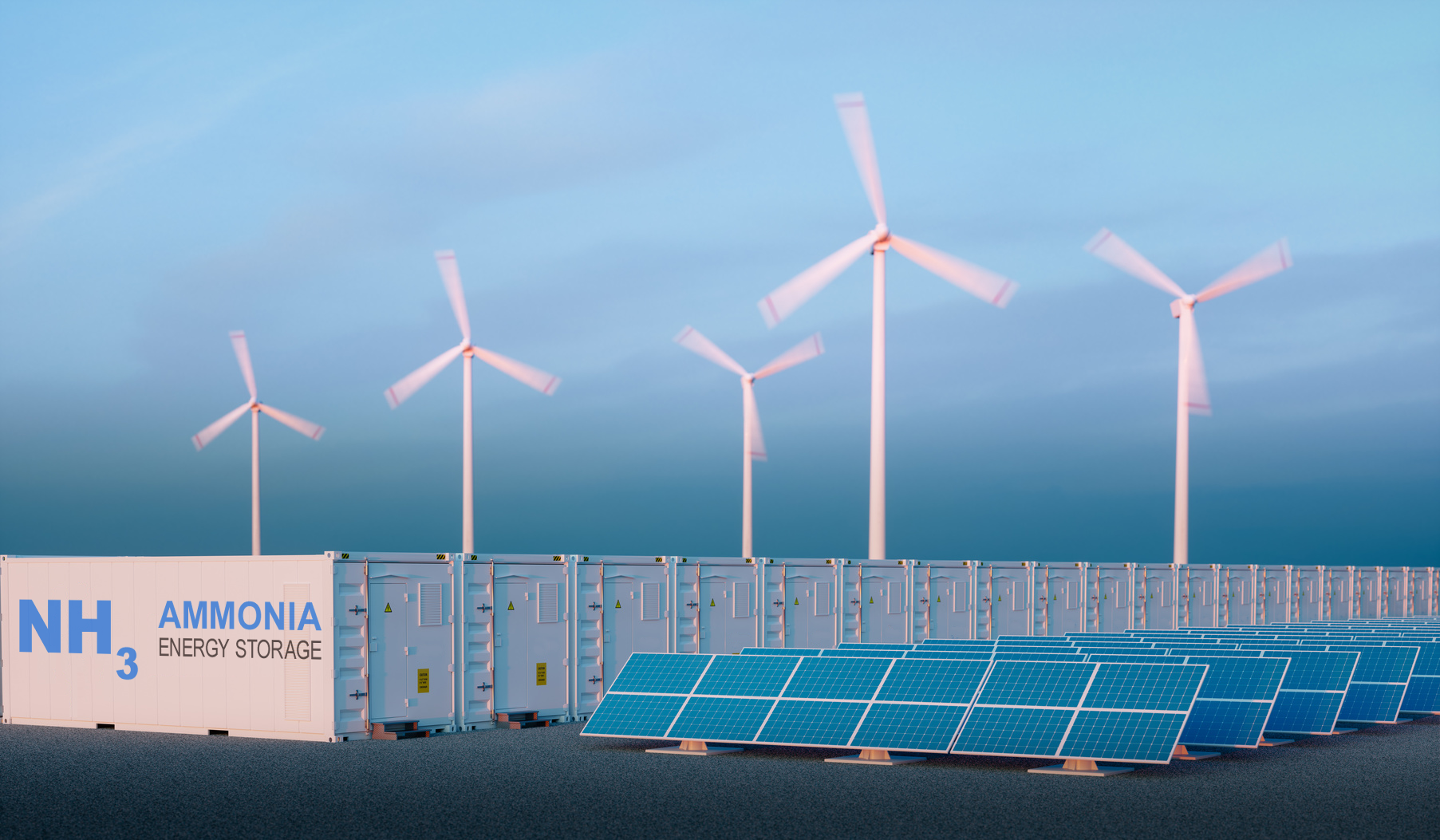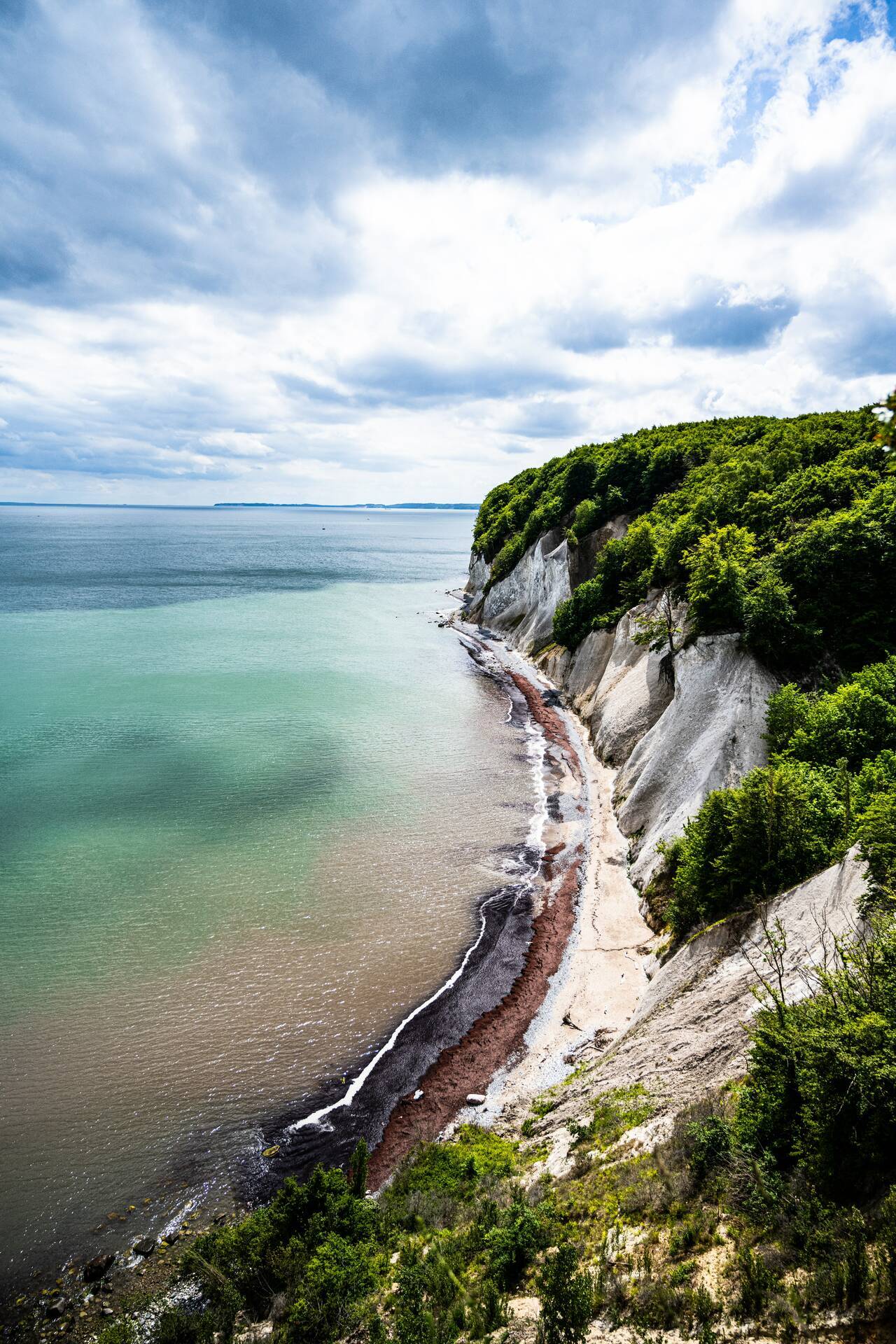The CAMPFIRE consortium was created with support from ‘WIR! – Change through Innovation in the Region’, a funding programme financed by the Federal Ministry of Education and Research (BMBF). The goal of the consortium is to research and develop new energy conversion and storage technologies based on green ammonia for the energy system of the future. A long-term objective is for small and medium-sized enterprises (SMEs) in the region of Northeast Germany to establish pathways for the utilisation of advanced technologies that can be exported to other areas. CAMPFIRE technologies produced in the Northeast will facilitate the development of an energy economy based on green ammonia and a carbon-free, secure energy supply in the Baltic Sea Region, in Europe, and abroad. In the long term, the consortium aims to develop effective and cost-efficient methods to reduce the global carbon dioxide levels in the Earth’s atmosphere.
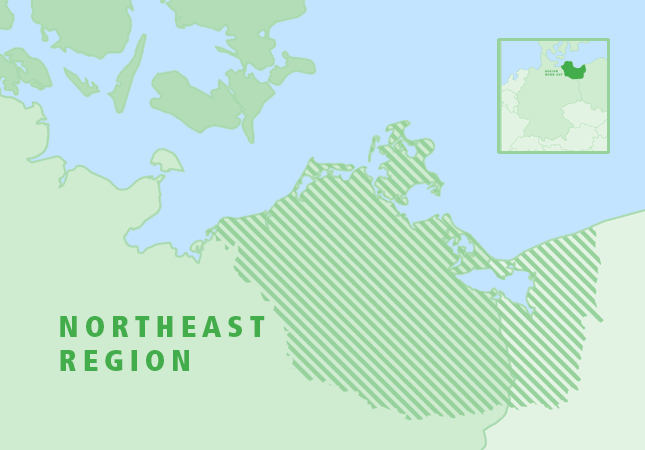
Northeast region
Northeast Germany, which encompasses the cities of Rostock, Stralsund, Greifswald and the northern part of the Uckermark, has recently gained recognition as an energy region that will play a key role in providing a decarbonised energy supply in the future. The area is characterised by a large on- and offshore wind capacity, seaports, and shipping and shipbuilding companies, as well their supply chains. Due to its geographical location on the Baltic Sea, the region is ideal for the development and implementation of innovative energy and propulsion concepts for maritime mobility. It is also an important location for the industrial production of ammonia, which is a raw material for fertiliser production and the world’s most important hydrogen sink (accounting for 55%). The Northeast region also has an established research landscape and expertise in the fields of innovative energy production, chemicals and shipping.
Area of innovation
As part of the energy transition (Energiewende), Germany has set itself the goal of transforming the current energy system into a zero-emission energy system based on renewable energies. Achieving this objective will require the development of new technologies that allow renewable energy to be stored and utilised by making it available to other sectors, such as transport and heating. In CAMPFIRE, the central focus is on innovative technologies for the seasonal and decentralised production of ammonia from locally generated wind or solar power, air and water, as well as on the utilisation of ammonia as an innovative energy carrier for use in zero-emission maritime mobility and in the stationary energy supply.
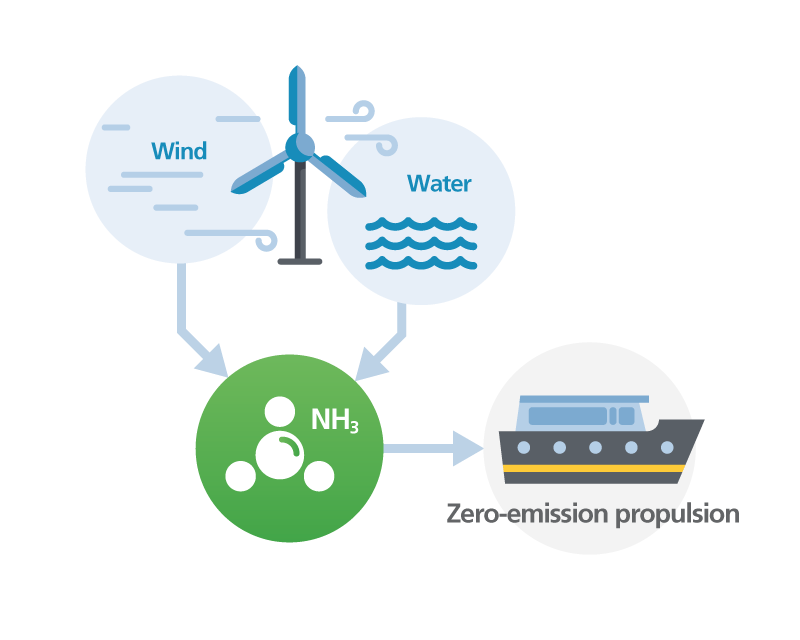
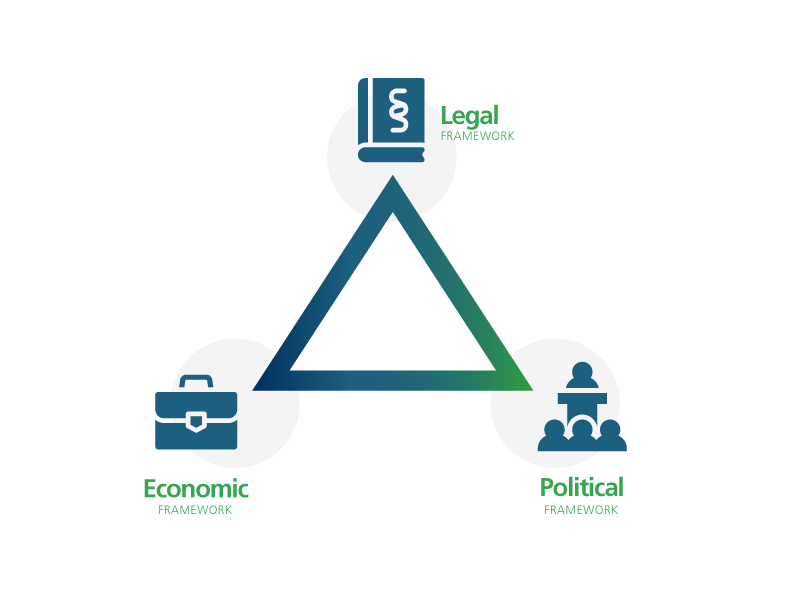
Governance
In addition to its focus on technological issues, CAMPFIRE is examining the legal, economic and political framework for the new membrane technologies. To shed greater light on these issues, consortium partners hold interdisciplinary workshops featuring in-depth dialogue and exchange with participants from the fields of politics, industry and academia. Together, attendees identify potential applications for the new technology and explore ways to implement project research and objectives.
Significance of these innovations for the region
Active participation in new regional value chains based on green ammonia will offer unique selling points, above all for SMEs in the supply and service industry for the maritime sector and wind power industry. As climate policy goals increase demand for products compatible with sustainable structural change, SMEs that lead the way in these technologies will gain an edge over their competitors. More broadly, these developments are expected to improve collaboration across sectors, creating a solid foundation for the emergence of other fields of innovation. Last but not least, these processes will modernise existing organisational forms and cooperation between the scientific and economic actors in the region, and more intensive collaboration with universities and colleges will provide lasting benefits for the training of skilled workers and their employment in the region.

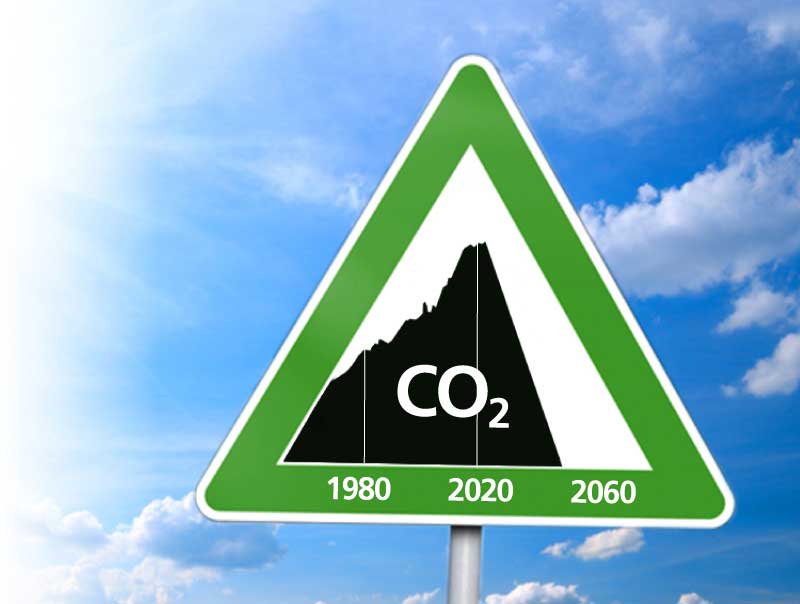
Background
In 2018, a seven-month concept phase was carried out by approximately 30 regional and supraregional consortium partners and supporters, coordinated by the Leibniz Institute for Plasma Research and Technology (INP). Together, participants developed a clear vision for the north-eastern Germany’s economic future – a vision based on new, disruptive innovations in the field of green ammonia. The goal was to lay the groundwork for economic growth, such as by encouraging the development of new business models and the strengthening of SMEs in the region. In spring 2019, CAMPFIRE was selected by the BMBF as one of 20 projects to receive support for the first stage of the five-year implementation phase. Since then, it has carried out a series of projects to develop ammonia technologies in the product categories ‘thin films’, ‘synthesis of green ammonia’, and ‘zero-emission maritime mobility’. In 2021, CAMPFIRE was selected as a lead project in the BMBF TransHyDE platform for the comprehensive development of transport technologies for green hydrogen. Over the next four years, the TransHyDE implementation project Campfire will work closely with the TransHyDE research networks to develop research interfaces for the introduction of ammonia as a hydrogen transport solution. It will also test demonstrators for the centralised and decentralised use of ammonia, as well as the logistics structures for ammonia import and distribution.


